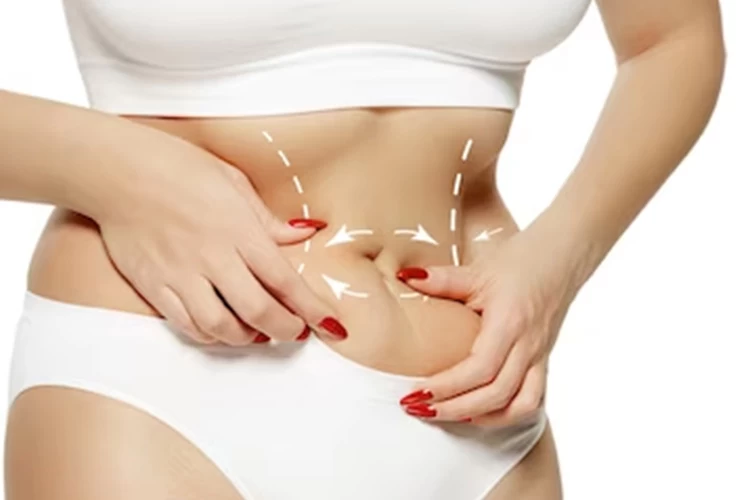Liposuction and liposculpture share a lot of similarities; they both contour the body, are done under local anesthesia, and have long-lasting results. However, liposculpture is more precise, and the fat extracted in this operation can be used in other parts of the body, like cheeks, boobs, and buttocks.
Plastic surgeries can improve your appearance, boost your self-esteem, and correct medical conditions like a cleft or septum deviation. On the other hand, almost all of them are costly and involve short-term or persistent complications, such as scarring, swelling, skin discoloration, and infection.
A tummy tuck flattens the stomach and gives it a better tone by removing excess skin. However, this operation carries some risks and side effects, such as infection, scarring, seroma, hematoma, change in skin sensation, pain, fat necrosis, and excessive bleeding. Many of these complications can be prevented by carefully choosing a good surgeon and following the post-op tips.
The surgeon removes fat and extra skin from the lower abdomen in a mini tummy tuck. This operation is done under general anesthesia and includes several 4 to 8-inch incisions. If you have stubborn fat pockets, excess skin, and loose muscles in your stomach, you are a great candidate for a mini abdominoplasty. Bear in mind that this surgery may cause pain, swelling, scarring, skin numbness, seroma, etc., as well.
In a reverse tummy tuck, the surgeon cuts along the lower breast crease and tightens the skin of the upper abdomen to give it a better tone. This operation is less challenging and painful than standard tummy tuck and has a two-week recovery time. However, it may cause infection, seroma, prolonged numbness, and other complications.
Pregnancy can adversely change tummy tuck results by stretching the stomach's skin and muscles. Although the mother and baby are safe, the tummy tuck incisions may strain during pregnancy and cause discomfort. Thus, it is suggested that you have an abdominoplasty when you have completed your family.
It is necessary to have foods rich in protein, fiber, vitamins, and minerals before and after tummy tuck surgery. On the other hand, fast foods, instant foods (like noodles), sugary and salty foods, and alcoholic beverages should be avoided long before and after abdominoplasty.
People between the ages of 21 and 45 can get a tummy tuck to remove their extra fat, skin, and tissues. Based on the body's excess fat, the surgeon performs one of the common methods of abdominoplasty, including full, mini, extended, Fleur-De-Lis, endoscopic, or reverse tummy tuck.
Liposuction and tummy tuck aim to remove excess fat from the abdomen, but they have different prices, procedures, side effects, and recovery times. Abdominoplasty involves large cuts and post-op scarring, while liposuction is less invasive and includes minor scars. The results of tummy tuck are more dramatic than liposuction as it, along with fat tissues, removes loose skin from the abdomen.
A tummy tuck is an invasive procedure; its recovery is more challenging than liposuction. Moderate pain, skin numbness, bruising, and swelling are common complications of this surgery, but high fever, severe pain, green discharge, bleeding, and shortness of breath are warning signs after abdominoplasty and require immediate medical attention.









